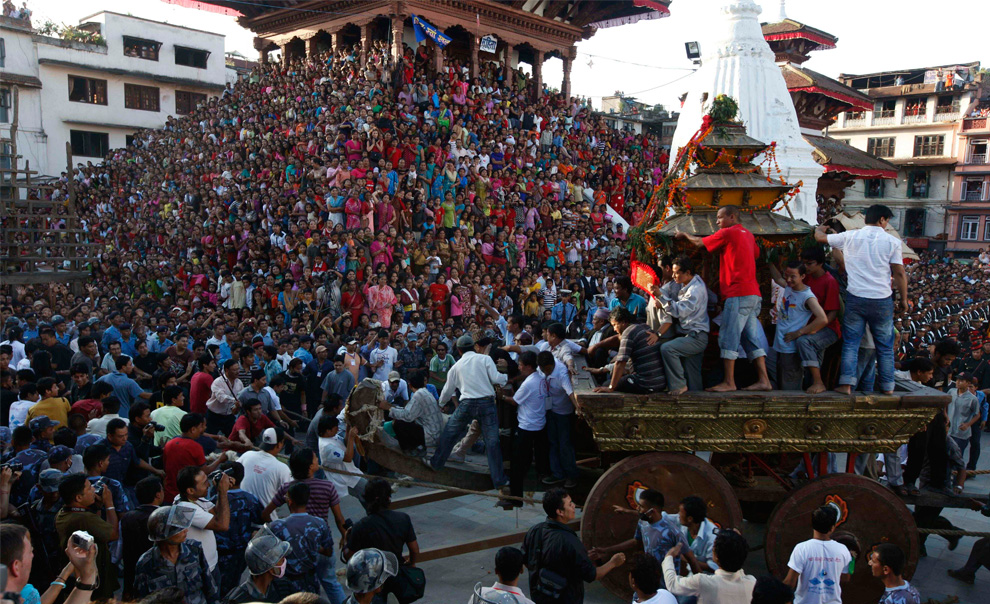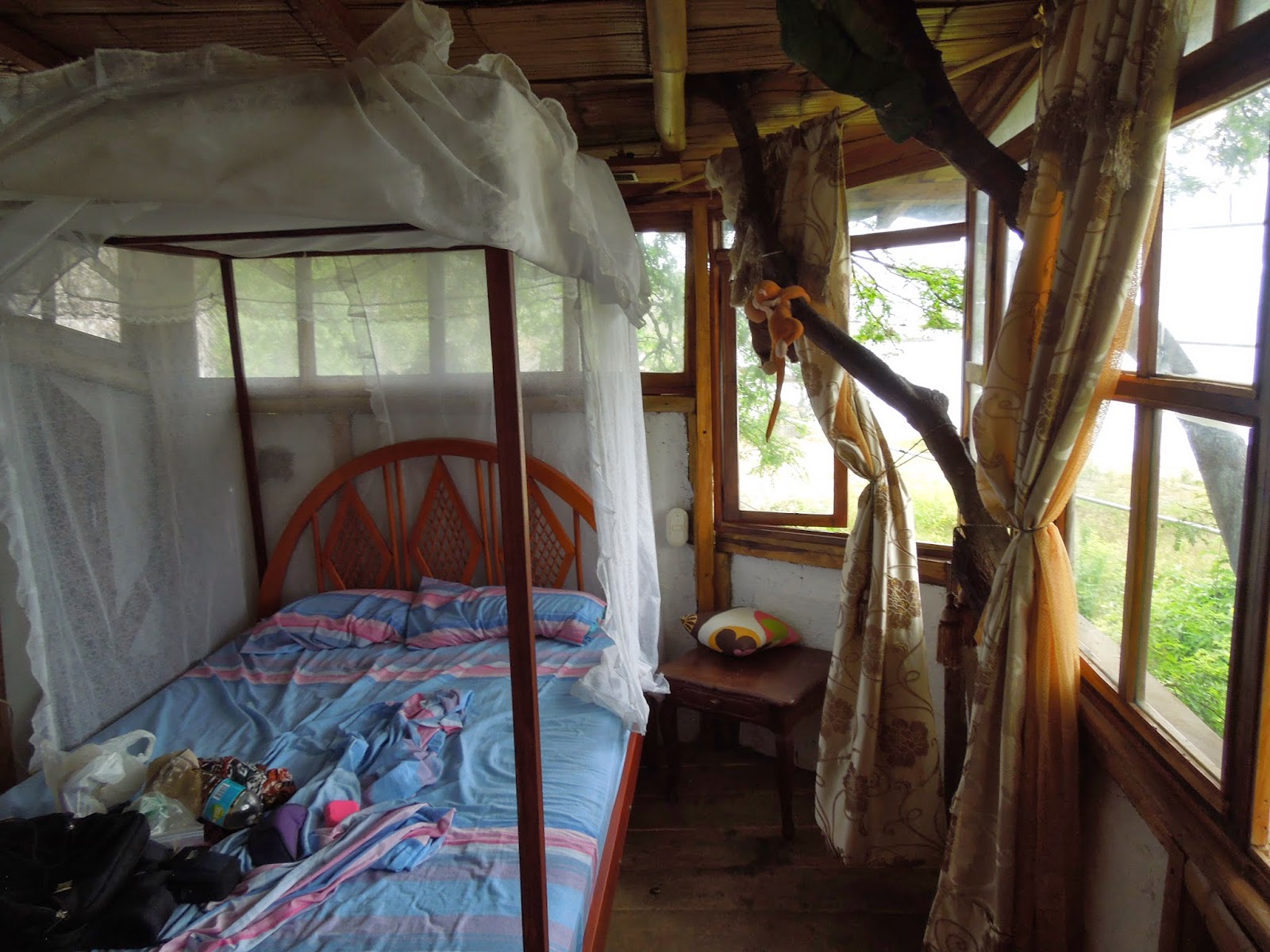This is what my Lonely Planet has
to say about Colombia: “…you’ll discover that Colombia is so much more than the
old clichés of kidnapping, narcotics and plastic surgery. Check your
preconceptions at the door and uncover more than a few surprises in this
accessible and utterly thrilling destination.”
Dylan and I fell hard for
Colombia, so hard that we are already dreaming of coming back to it sometime in
our future to live and work in Bogota for a year or so. What did we find so
seductive about Colombia? It has beautiful landscape and wildlife, there is a
diversity of cultures, the cities we visited were a vibrant blend of old colonial
and very modern and the people are stylish and very friendly (ex. a police officer
approached us on the street to chat, to give us his cell number in case we ever
needed help, and to invite us to add him on facebook – instant amigos). We were
in Colombia for 3 weeks in total. We spent about 1 week in Colombia’s capital
city, Bogota, about 1 week exploring a couple cities/towns around the Caribbean
coastal region, and about 1 week relaxing on the beaches of Tayrona National
Park.
Bogota
To me it felt like cool things were
always happening in Bogota. It is a hip, edgy and welcoming city unlike any I
have been to before. There is so much energy and its streets and plazas always
feel full of people bustling around, selling things, playing music, etc. Our
first impression of Bogota was that it reminded us a bit of Toronto. The thing
that made our time in Bogota extra special was having friends there to show us
around and tell us a bit about Colombia.
 |
| The end of a street concert we ran into |
 |
| Bogota is famous for its beautiful graffiti |
 |
| This is the street we stayed on both times we were in Bogota. It is in the historic colonial downtown where most of the buildings felt like cozy country bars to me. |
 |
| We visited Bogota's Gold Museum that has one of the largest collections of gold artifacts on the continent |
 |
| We took a day trip with Nico to a nearby town to visit the Salt Cathedral |
 |
| The Salt Cathedral is in one level of a huge salt mine that is still being mined today. We all got a chance to help mine for salt. All of the walls tasted like salt. |
 |
| The slat in the water of this pool make it so still and reflective that we all thought it was a hole in the ground at first. |
 |
| Nico in the main hall of the salt cathedral. To me this place looked more like the Mine's of Moria than any other church I have ever visited. |
 |
| Dylan and I out for a night of Latin dancing and hat wearing. It is a tradition in Bogota to try different hats on all night. |
 |
| Nico and I taking a break on our 1 1/2 hour walk up to Monserrate. Monserrate is a mountain on the edge of Bogota with fabulous views over the city. |
 |
| Looking over the mountains from the top of Monserrate |
 |
| The whole gang (Dann, Diane, Nico, me, Dylan) at Monserrate |
Cartagena
Cartagena is famous for its
beautiful old colonial city center and its history of pirate attacks. We were
only here for 2 nights but we really enjoyed walking around the old city in the
evening.
 |
| These are the walls that were built to keep pirates (like Sir Francis Drake) from plundering the city |
Mompos
It was a last minute decision to
come to Mompos. It is a small out of the way town that few tourists find the
time to visit. But when Dylan read that this place was “Straight out of a
Gabriel Garcia Marquez novel” we decided it was worth the trip. Mompos used to
be on a main Spanish trade route until the river silted up and it was left more
or less lost in time. It took us a whole day by bus, boat, and taxi to get to
this town and when we arrived we spent most of our time wandering around the
streets, taking siestas, and sitting in plazas watching time stand still.
 |
| We hung out by the river |
 |
| We hung out at this restaurant in a beautiful colonial house. It seemed like every house in Mompos was huge, had a long garden courtyard, and was full of wooden rocking chairs. |
 |
| We hung out in this square every night eating tasty street food |
 |
| Most of the streets looked like this - rows of connected colonial buildings. In the evening there were bats flying around and many houses had people sitting outside in their rocking chairs. |
 |
| Mompos is so lost in time that this tree has had time to eat this bench. |
Tayrona National Park
This is a large national Park on
Colombia’s Caribbean Coast. We meant to stay for 3-4 days but we ended up
staying for 7. The beaches were beautiful and not too crowded, the jungle was
full of lizards and the camping was cheap. We even slept in Hammocks for a
couple nights. If we hadn't had to catch our plane back to Quito we probably
would still be there.
 |
| The views were amazing and the beaches were covered in large rounded boulders - and to this day, I don't know how they got there. |
 |
| The swimming was fabulous |
 |
| There were plenty of coconuts to keep us well fed and Dylan figured out how to open them using large rocks (like a monkey). |
 |
| Our ocean view campsite |
 |
| There were lots of iguanas (above) as well as small lizards with bright blue markings. We also saw one 2 m caiman just off the path to the beach one night and Dylan caught sight of the allusive giant night lizard on 2 of our night hikes. He says it looks like a large monitor lizard that slunk away into the bushes very silently before I ever got to see it (but he says it is real). |
 |
| Dylan exploring the boulders at the edge of a beach (looking for crabs, parrot fish, and birds) |





































































